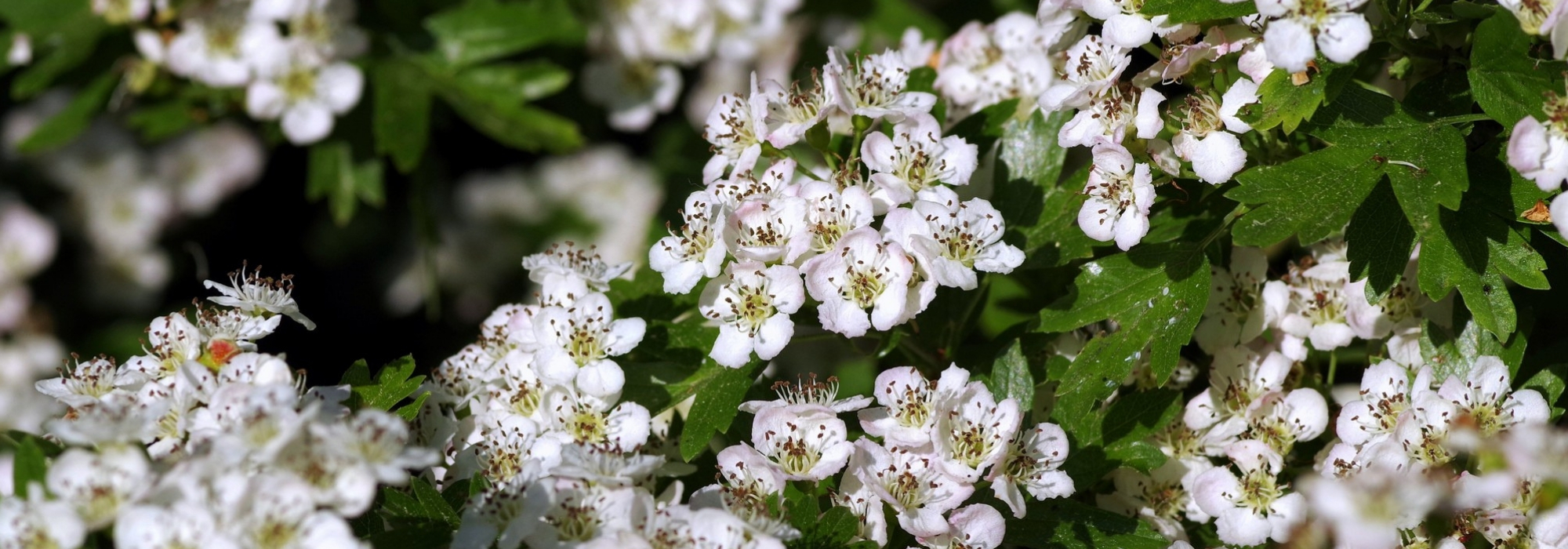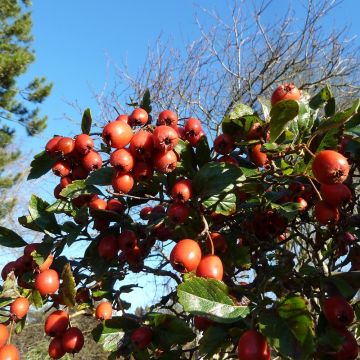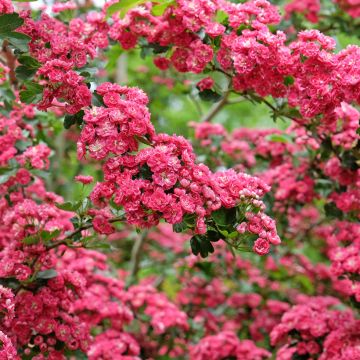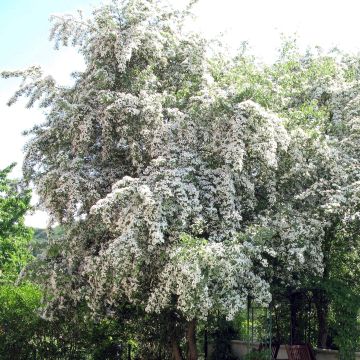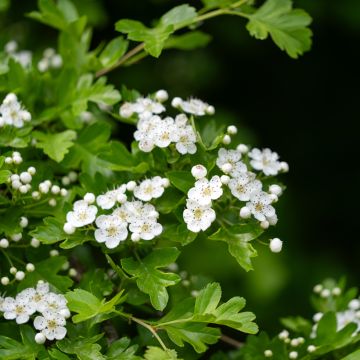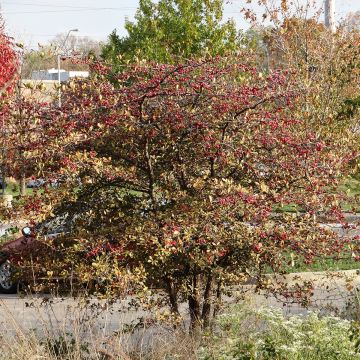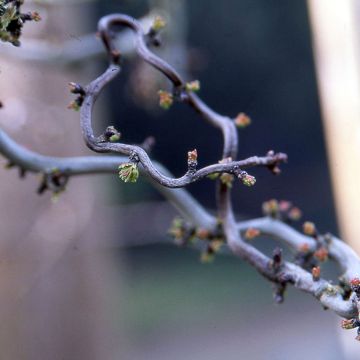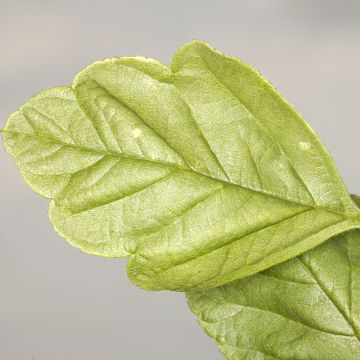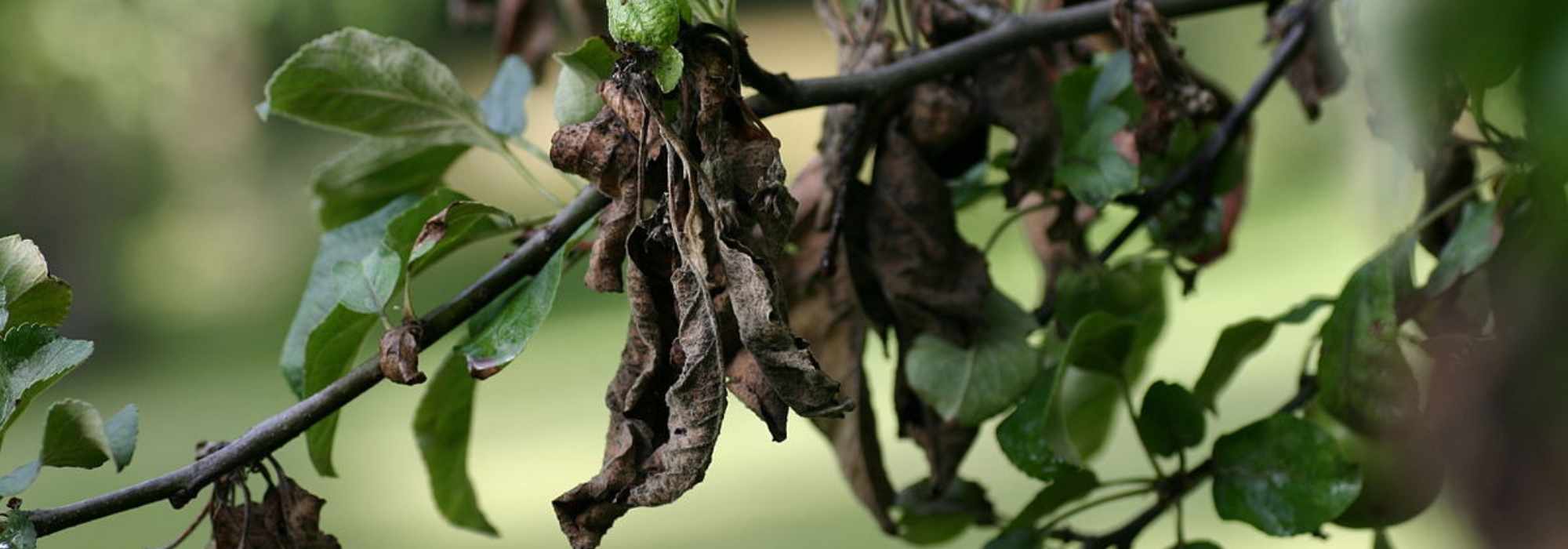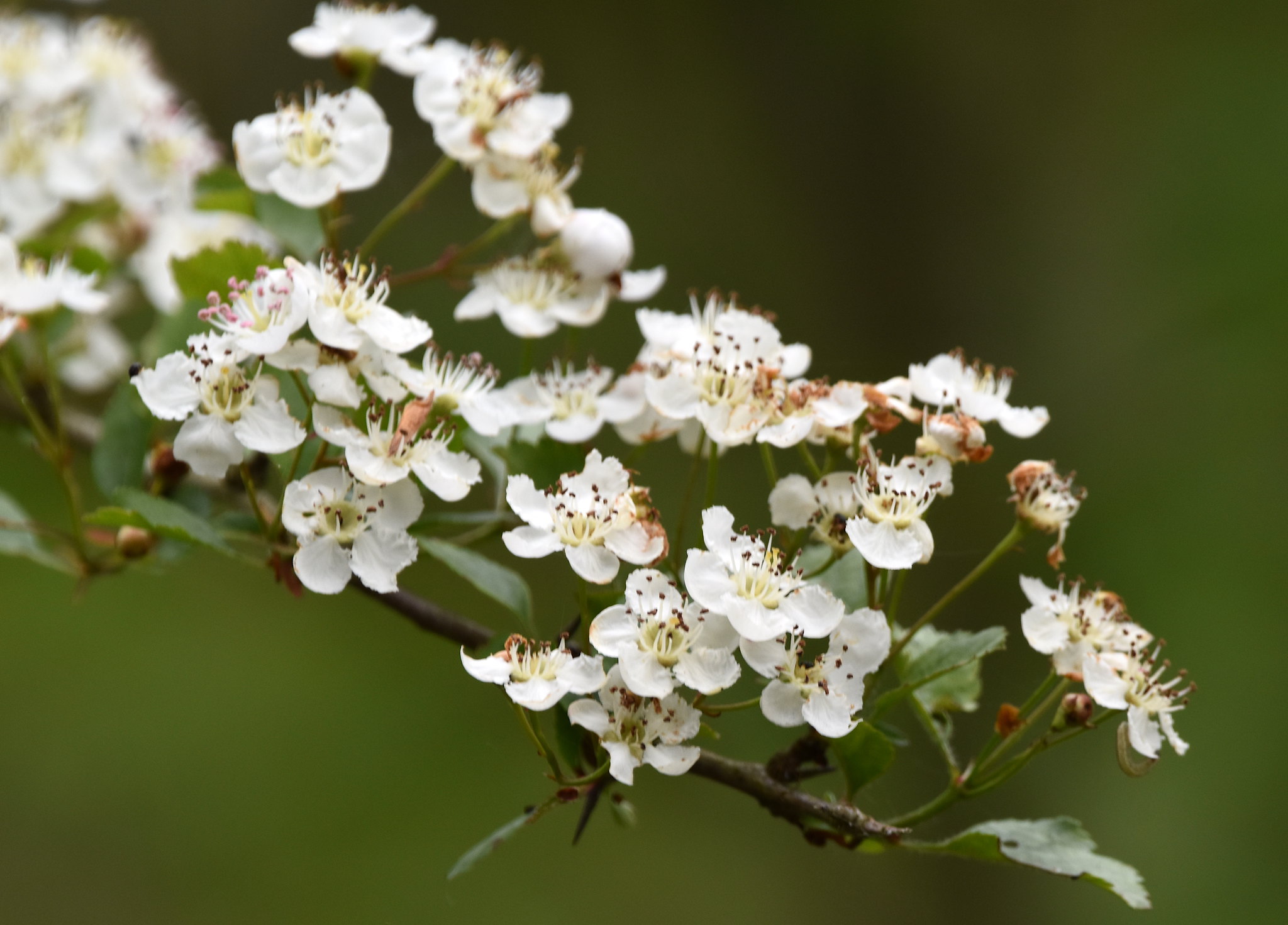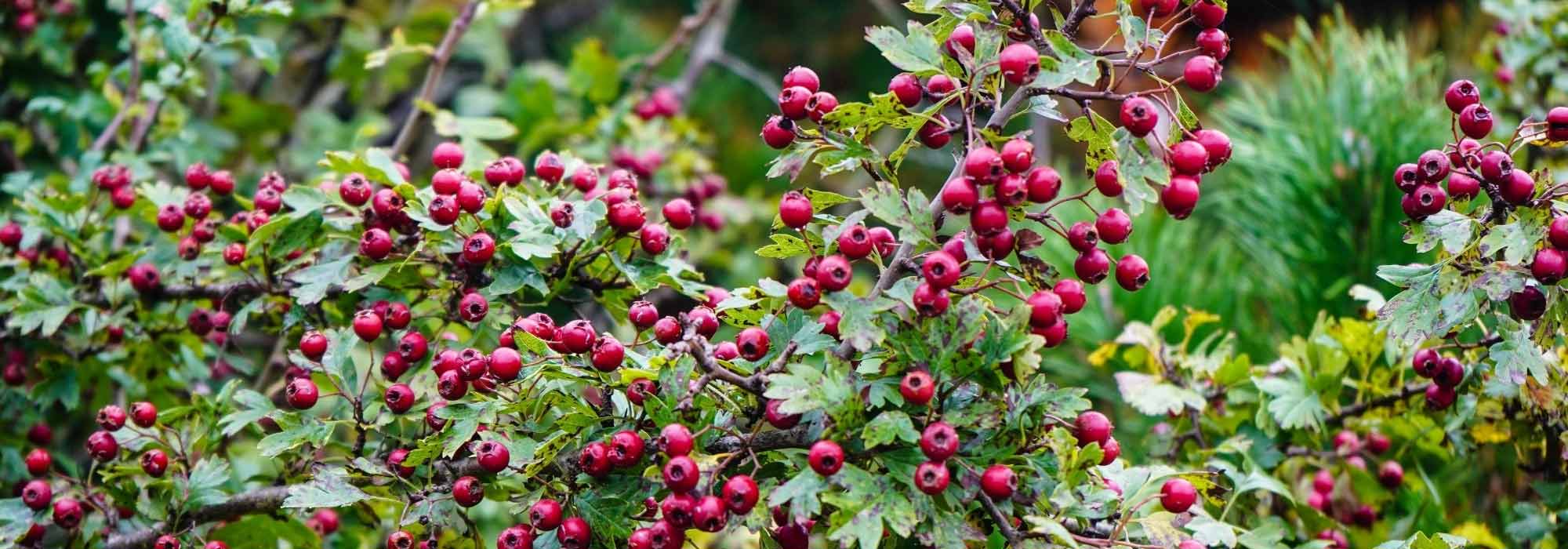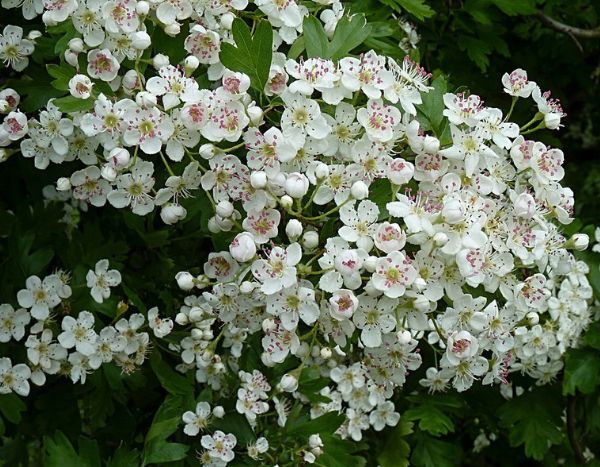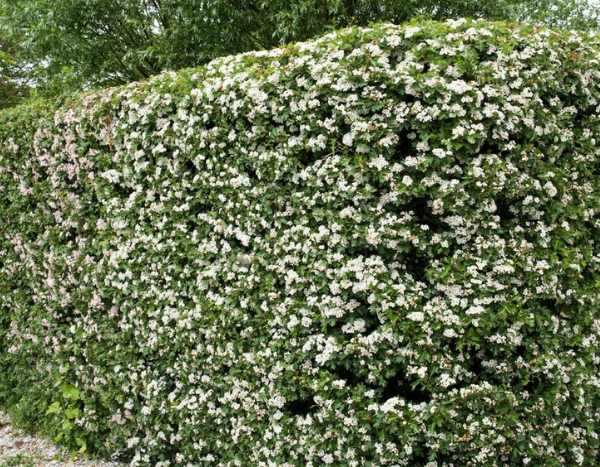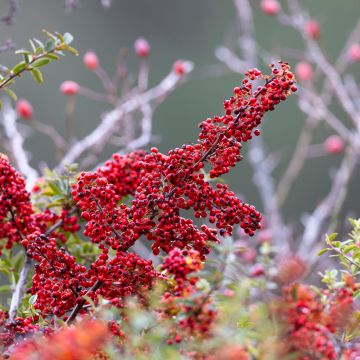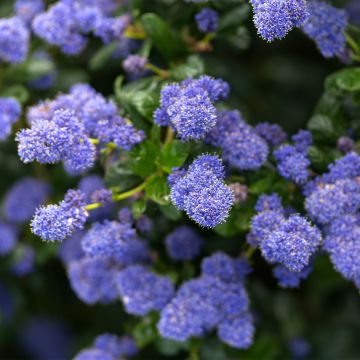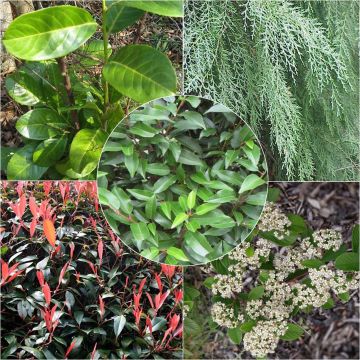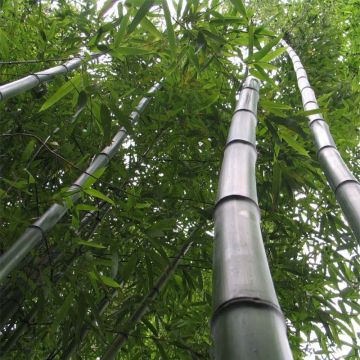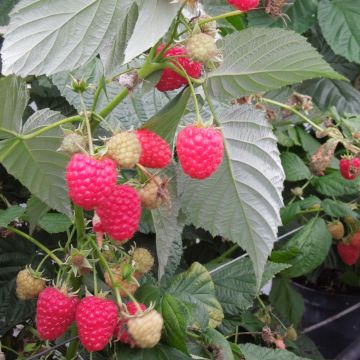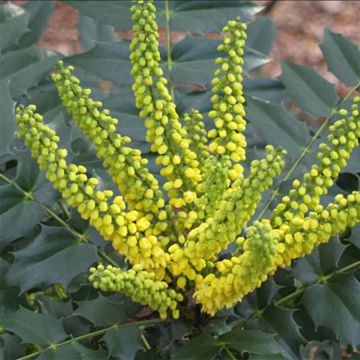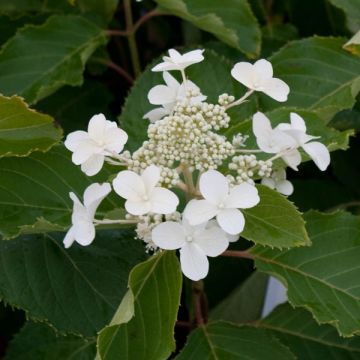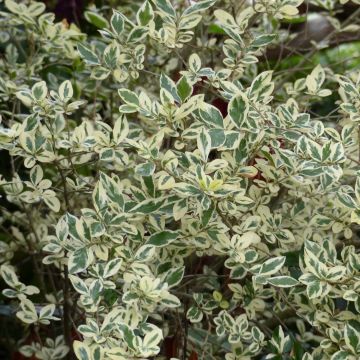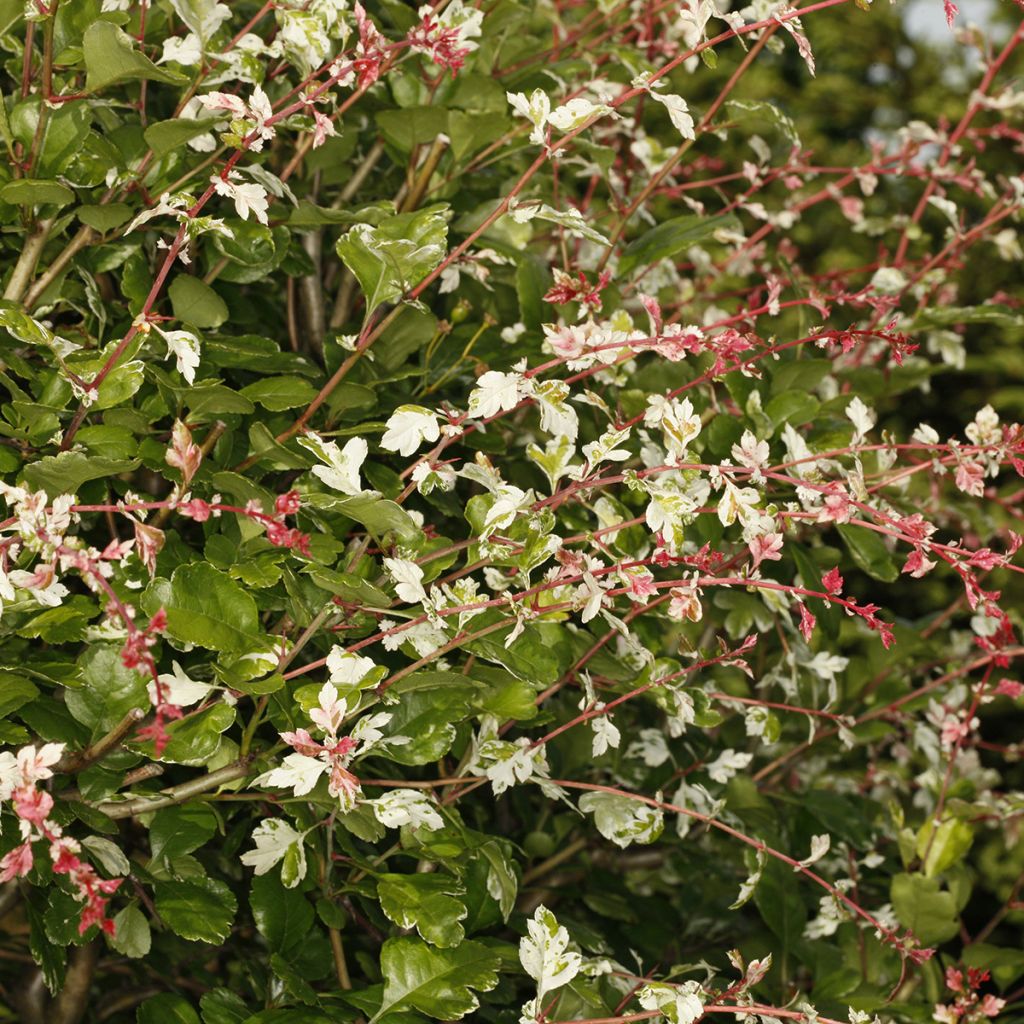

Crataegus Gireoudii - Hawthorn
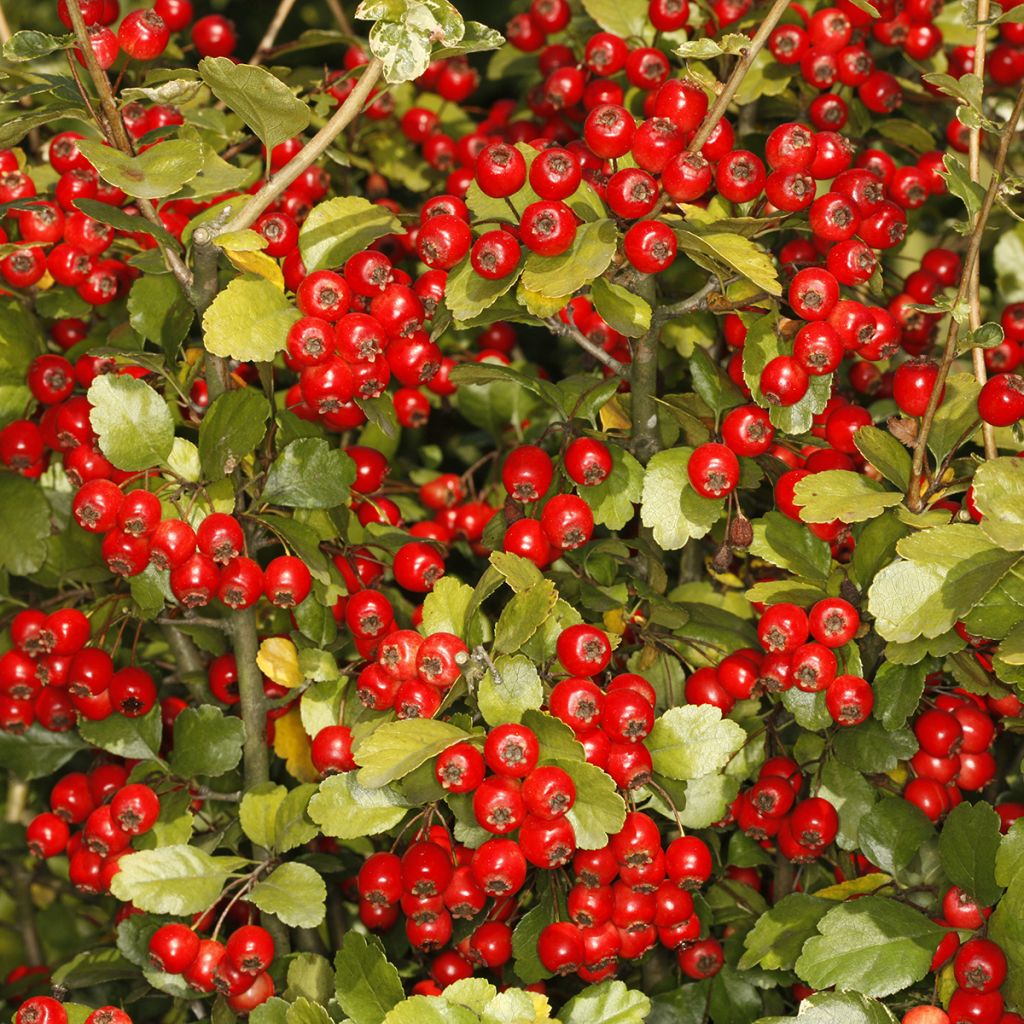

Crataegus Gireoudii - Hawthorn
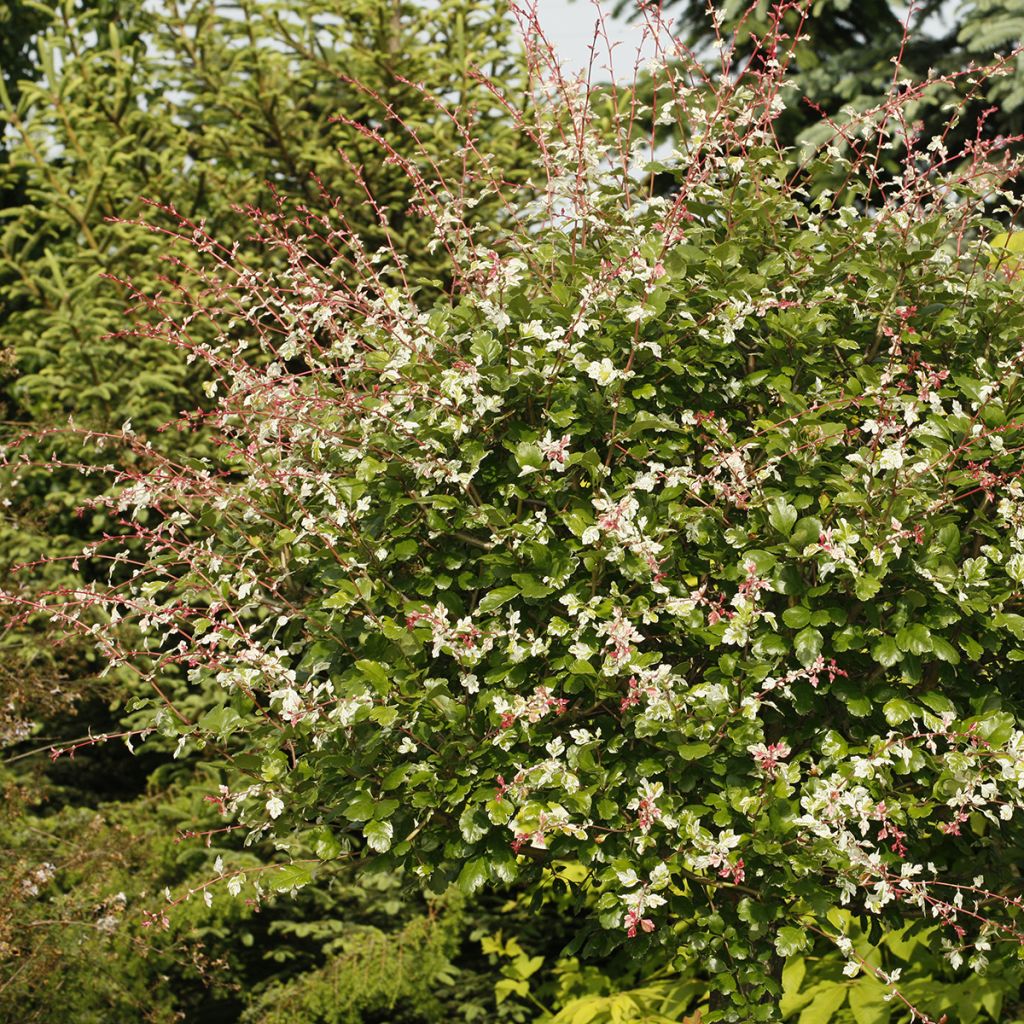

Crataegus Gireoudii - Hawthorn
Crataegus Gireoudii - Hawthorn
Crataegus monogyna x laevigata Gireoudii
Midland Hawthorn, English Hawthorn, Woodland Hawthorn
Special offer!
Receive a €20 voucher for any order over €90 (excluding delivery costs, credit notes, and plastic-free options)!
1- Add your favorite plants to your cart.
2- Once you have reached €90, confirm your order (you can even choose the delivery date!).
3- As soon as your order is shipped, you will receive an email containing your voucher code, valid for 3 months (90 days).
Your voucher is unique and can only be used once, for any order with a minimum value of €20, excluding delivery costs.
Can be combined with other current offers, non-divisible and non-refundable.
Home or relay delivery (depending on size and destination)
Schedule delivery date,
and select date in basket
This plant carries a 24 months recovery warranty
More information
We guarantee the quality of our plants for a full growing cycle, and will replace at our expense any plant that fails to recover under normal climatic and planting conditions.
Does this plant fit my garden?
Set up your Plantfit profile →
Description
The Crataegus x laevigata 'Gireoudii' is a hybrid variety of hawthorn notable for its young leaves and shoots variegated with pink and white. Like its parent, a native species, this small thorny tree is covered in fragrant white flowers in spring. Highly attractive to bees, this flowering is followed by clusters of small red fruits coveted by birds. Perfectly hardy and easy to grow in ordinary soil, 'Gireoudii' hawthorn is an excellent plant for shrub borders or hedges. With its elegant and colourful foliage, it also makes a striking focal point in a small garden.
The Crataegus laevigata 'Gireoudii' belongs to the Rosaceae family, just like the wild rose and the plum tree. It is a select horticultural specimen discovered around 1890. It is a small tree or large bushy shrub that is very hardy and can reach 5m (16ft) in height and 3 to 4m (10 to 13ft) in width. Its habit is generally rounded, well-branched, with a wide crown. The base can produce suckers, allowing it to spread in width. Its branches are armed with extremely strong, long thorns. They bear alternate deciduous leaves, measuring about 5cm (2in) in length, which are ovate, entire or lobed, and have a glossy appearance. The young shoots and leaves are randomly variegated with bright pink and cream white and then turn green, although some retain a cream-white variegation. The foliage turns yellow and orange in autumn before falling. In May, simple cup-shaped, fragrant flowers of about 2cm (1in) in diameter bloom in tight clusters. In September, its bright red pear-shaped fruits, called haws, measuring 2cm (1in) in diameter, can be admired. They are not edible. This hawthorn can live for many years.
The Crataegus laevigata 'Gireoudii' adapts to a wide range of soils as long as they are fertile and well-drained but not too dry. This shrub thrives in a sunny or partially shaded position. It is not demanding and only requires pruning for balance in February. Plant this hawthorn in a large hedge alongside decorative fruiting viburnums, ornamental apple trees, cotoneasters, wild pear trees, quince trees, and other European spindle trees. You will enjoy its elegance while providing shelter and food for numerous insects, birds, and small mammals in your garden.
Plant habit
Flowering
Foliage
Botanical data
Crataegus
monogyna x laevigata
Gireoudii
Rosaceae
Midland Hawthorn, English Hawthorn, Woodland Hawthorn
Western Europe
Other Hawthorn Crataegus
View all →Planting and care
The Crataegus laevigata Gireoudii is preferably planted in autumn in a sunny or semi-shaded position, in any well-drained soil, rather fertile, even slightly calcareous. It only fears excessively dry climates. An annual pruning in February or March will promote the formation of numerous beautifully coloured shoots. The hawthorn requires very little care. Just remember to water it regularly during the first year following planting, especially during periods of summer drought. This plant can be susceptible to aphids, diseases causing foliar spots, but especially to fire blight. It is a highly contagious bacterial disease that affects plants in the rose family. No treatment is effective, you must cut and burn anything that appears infected.
To shape a hawthorn into a tree, reduce the bush to a single stem after planting. Then cut off all the shoots where they emerge.
Planting period
Intended location
Care
Planting & care advice
This item has not been reviewed yet - be the first to leave a review about it.
Similar products
Haven't found what you were looking for?
Hardiness is the lowest winter temperature a plant can endure without suffering serious damage or even dying. However, hardiness is affected by location (a sheltered area, such as a patio), protection (winter cover) and soil type (hardiness is improved by well-drained soil).

Photo Sharing Terms & Conditions
In order to encourage gardeners to interact and share their experiences, Promesse de fleurs offers various media enabling content to be uploaded onto its Site - in particular via the ‘Photo sharing’ module.
The User agrees to refrain from:
- Posting any content that is illegal, prejudicial, insulting, racist, inciteful to hatred, revisionist, contrary to public decency, that infringes on privacy or on the privacy rights of third parties, in particular the publicity rights of persons and goods, intellectual property rights, or the right to privacy.
- Submitting content on behalf of a third party;
- Impersonate the identity of a third party and/or publish any personal information about a third party;
In general, the User undertakes to refrain from any unethical behaviour.
All Content (in particular text, comments, files, images, photos, videos, creative works, etc.), which may be subject to property or intellectual property rights, image or other private rights, shall remain the property of the User, subject to the limited rights granted by the terms of the licence granted by Promesse de fleurs as stated below. Users are at liberty to publish or not to publish such Content on the Site, notably via the ‘Photo Sharing’ facility, and accept that this Content shall be made public and freely accessible, notably on the Internet.
Users further acknowledge, undertake to have ,and guarantee that they hold all necessary rights and permissions to publish such material on the Site, in particular with regard to the legislation in force pertaining to any privacy, property, intellectual property, image, or contractual rights, or rights of any other nature. By publishing such Content on the Site, Users acknowledge accepting full liability as publishers of the Content within the meaning of the law, and grant Promesse de fleurs, free of charge, an inclusive, worldwide licence for the said Content for the entire duration of its publication, including all reproduction, representation, up/downloading, displaying, performing, transmission, and storage rights.
Users also grant permission for their name to be linked to the Content and accept that this link may not always be made available.
By engaging in posting material, Users consent to their Content becoming automatically accessible on the Internet, in particular on other sites and/or blogs and/or web pages of the Promesse de fleurs site, including in particular social pages and the Promesse de fleurs catalogue.
Users may secure the removal of entrusted content free of charge by issuing a simple request via our contact form.
The flowering period indicated on our website applies to countries and regions located in USDA zone 8 (France, the United Kingdom, Ireland, the Netherlands, etc.)
It will vary according to where you live:
- In zones 9 to 10 (Italy, Spain, Greece, etc.), flowering will occur about 2 to 4 weeks earlier.
- In zones 6 to 7 (Germany, Poland, Slovenia, and lower mountainous regions), flowering will be delayed by 2 to 3 weeks.
- In zone 5 (Central Europe, Scandinavia), blooming will be delayed by 3 to 5 weeks.
In temperate climates, pruning of spring-flowering shrubs (forsythia, spireas, etc.) should be done just after flowering.
Pruning of summer-flowering shrubs (Indian Lilac, Perovskia, etc.) can be done in winter or spring.
In cold regions as well as with frost-sensitive plants, avoid pruning too early when severe frosts may still occur.
The planting period indicated on our website applies to countries and regions located in USDA zone 8 (France, United Kingdom, Ireland, Netherlands).
It will vary according to where you live:
- In Mediterranean zones (Marseille, Madrid, Milan, etc.), autumn and winter are the best planting periods.
- In continental zones (Strasbourg, Munich, Vienna, etc.), delay planting by 2 to 3 weeks in spring and bring it forward by 2 to 4 weeks in autumn.
- In mountainous regions (the Alps, Pyrenees, Carpathians, etc.), it is best to plant in late spring (May-June) or late summer (August-September).
The harvesting period indicated on our website applies to countries and regions in USDA zone 8 (France, England, Ireland, the Netherlands).
In colder areas (Scandinavia, Poland, Austria...) fruit and vegetable harvests are likely to be delayed by 3-4 weeks.
In warmer areas (Italy, Spain, Greece, etc.), harvesting will probably take place earlier, depending on weather conditions.
The sowing periods indicated on our website apply to countries and regions within USDA Zone 8 (France, UK, Ireland, Netherlands).
In colder areas (Scandinavia, Poland, Austria...), delay any outdoor sowing by 3-4 weeks, or sow under glass.
In warmer climes (Italy, Spain, Greece, etc.), bring outdoor sowing forward by a few weeks.






























